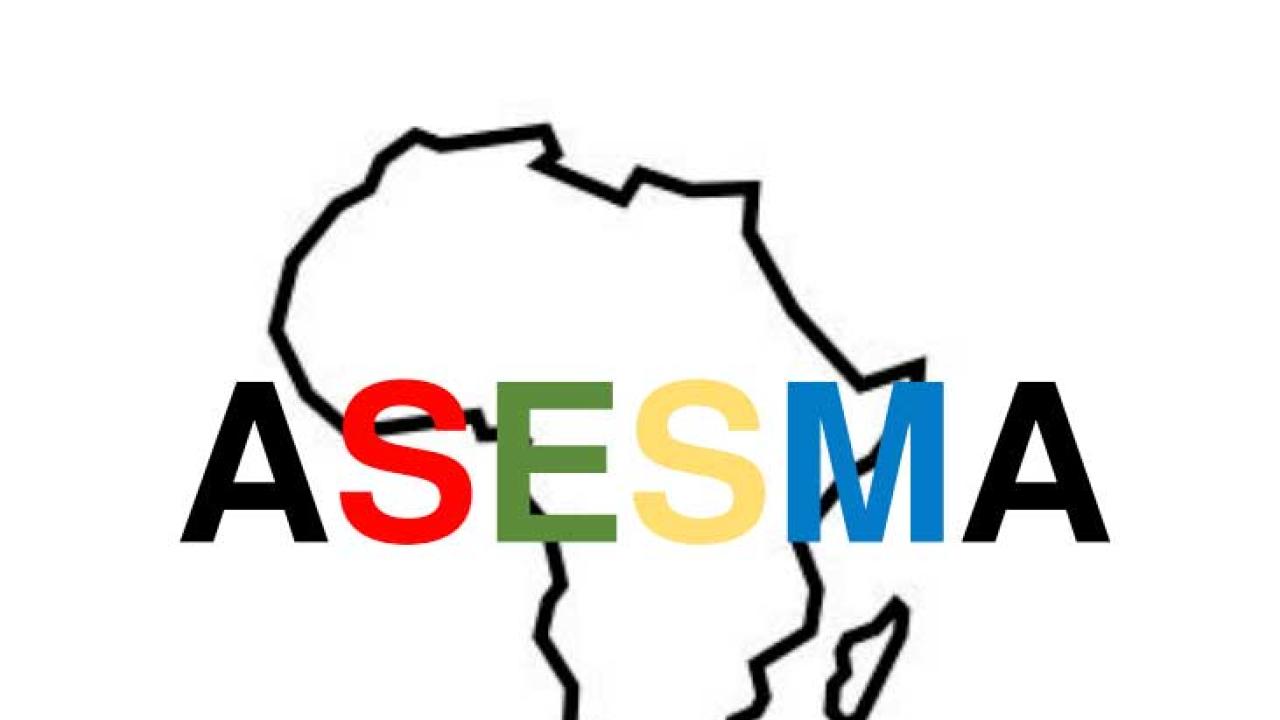
Scientific communities grow step by step with each fruitful collaboration, each PhD student mentored, each time a researcher returns from a conference with fresh ideas. Amongst the many such steps supported by ICTP is the biannual African School on Electronic Structure Methods and Applications (ASESMA) which, over the years, has nurtured a growing network of well-trained African scientists. ASESMA organizers have now received a financial boost to their efforts: a grant from the American Physical Society's (APS) Innovation Fund that will finance international training opportunities for African scientists.
The APS grant supports a unique long-term ASESMA project to facilitate African scientists’ visits to and collaborations with American laboratories. The project is dedicated to strengthening relationships throughout the international physics community, with several workshops to first identify common interests in the field of electronic structure calculations before setting up further research visits.
Omololu Akin-Ojo, director of ICTP's partner institute in Kigali, the East African Institute for Fundamental Research (ICTP-EAIFR), is a key member of the ASESMA network and one of the co-directors of this new project. Several ICTP scientists are also part of the network, including Nicola Seriani and Sandro Scandolo, condensed matter physicists using electronic structure methods and co-organizers of many of the ASESMA schools.
“There is a big community in this field who are involved, in Africa, in the US, in Europe, in Asia,” says Seriani. “Many of them want to do more, to keep working together beyond the school every two years.” This push has resulted in a series of smaller schools, focused on narrower topics and regions. Three such mini-schools have been held in 2019 so far, with the main two-week ASESMA school to be held in spring of 2020. “There has been a fantastic group of motivated lecturers that have taught at these schools,” says Seriani. “We are hoping to do these small schools more often.”
Another project that grew from ASESMA focuses on supporting scientists to spend several months with another research group, collaborating and exchanging ideas. Several European networks of scientists from the field are helping fund these visits, with matching funds coming from ICTP’s Office of External Activities. An open call produced more than 50 applications for support, with 10 eventually funded. Not all of the scientists interested in long term visits are looking to leave the African continent: air travel between African countries is often prohibitively expensive, especially for researchers who are allotted little money for collaborations. “We got an equal number of requests for support traveling to Europe and within Africa,” says Seriani.
“One of the great parts of ASESMA is seeing participants who were beginners in the fields a few years ago now attending to teach at the school,” says Seriani. “Other teachers have included luminaries in the field, including Richard Martin, one of the key figures in raising the impact of electronic structure calculations.” Martin is also one of the co-organizers of the project funded by APS, a program that builds on the existing structure and collaboration started through ASESMA. “Many scientists have contributed advice and helped fundraise,” says Seriani. “In the long term we hope the ASESMA network can keep growing and support more activities and visits.” With luck, ASESMA will continue to be a key source of support for growing science communities across Africa for many years to come.
---- Kelsey Calhoun
















